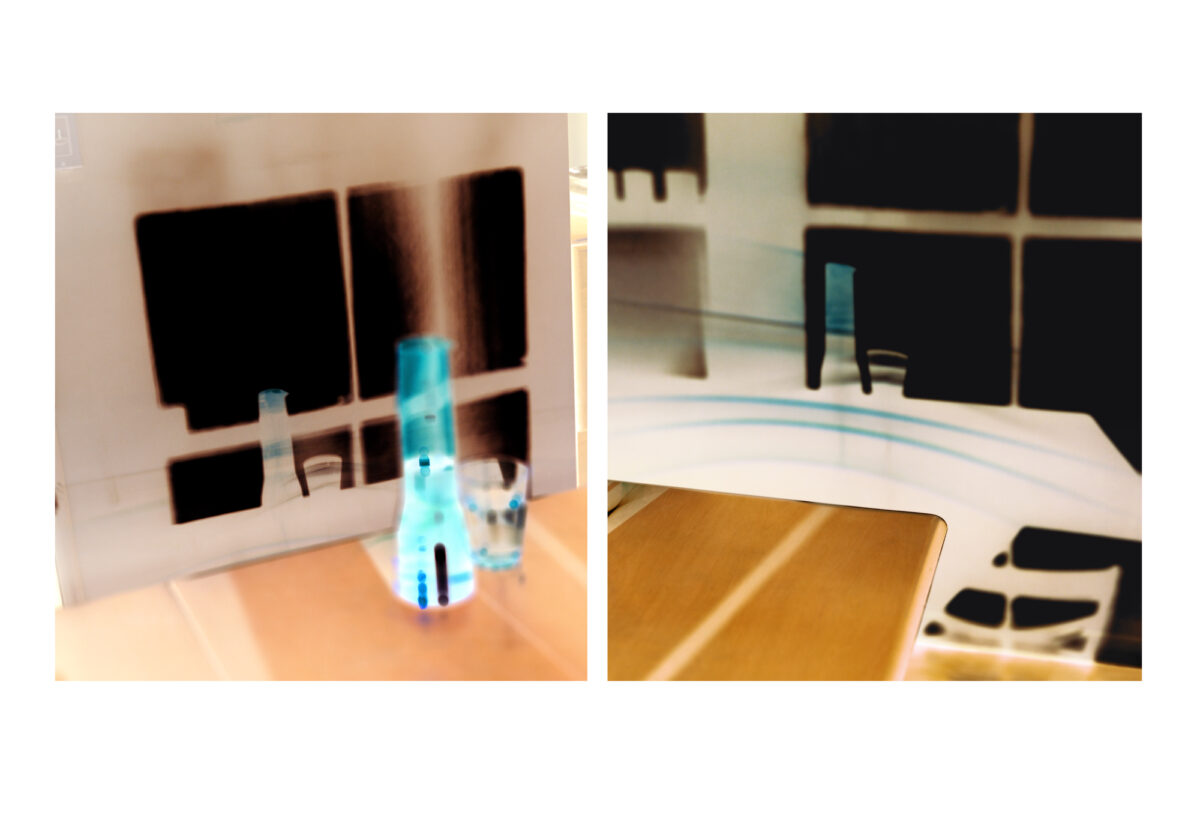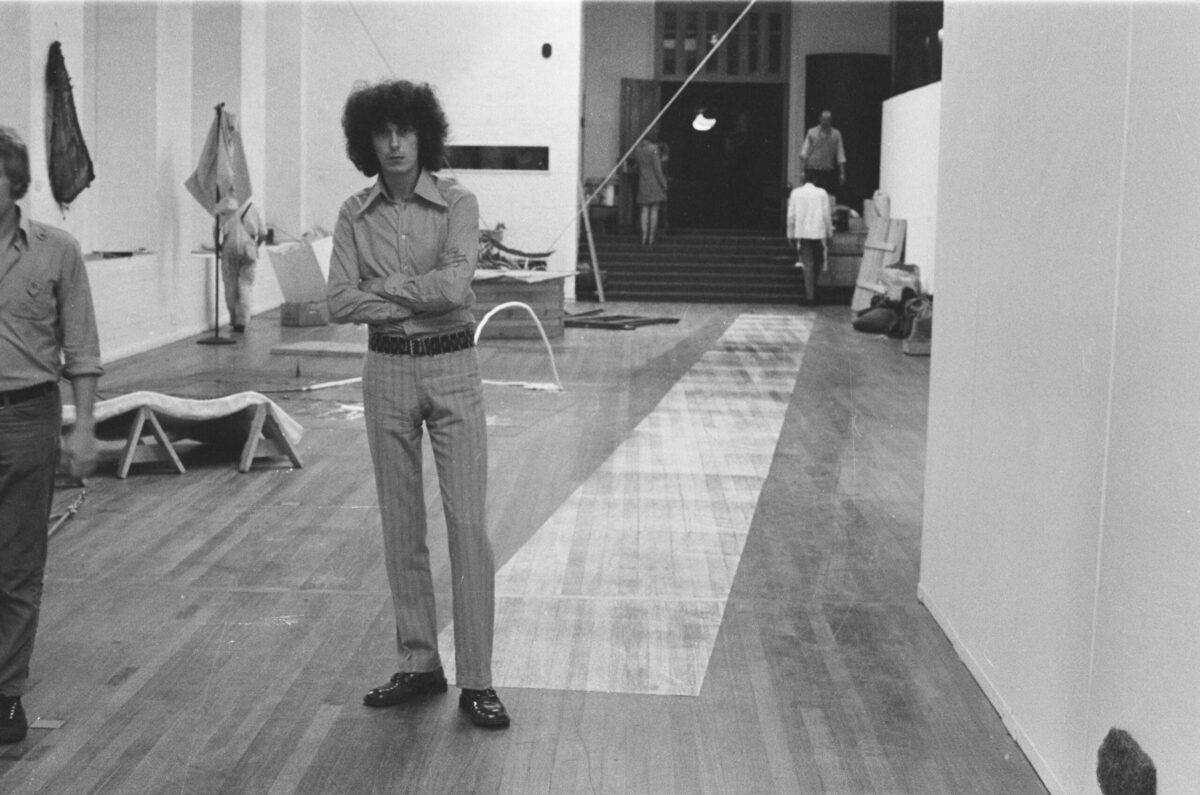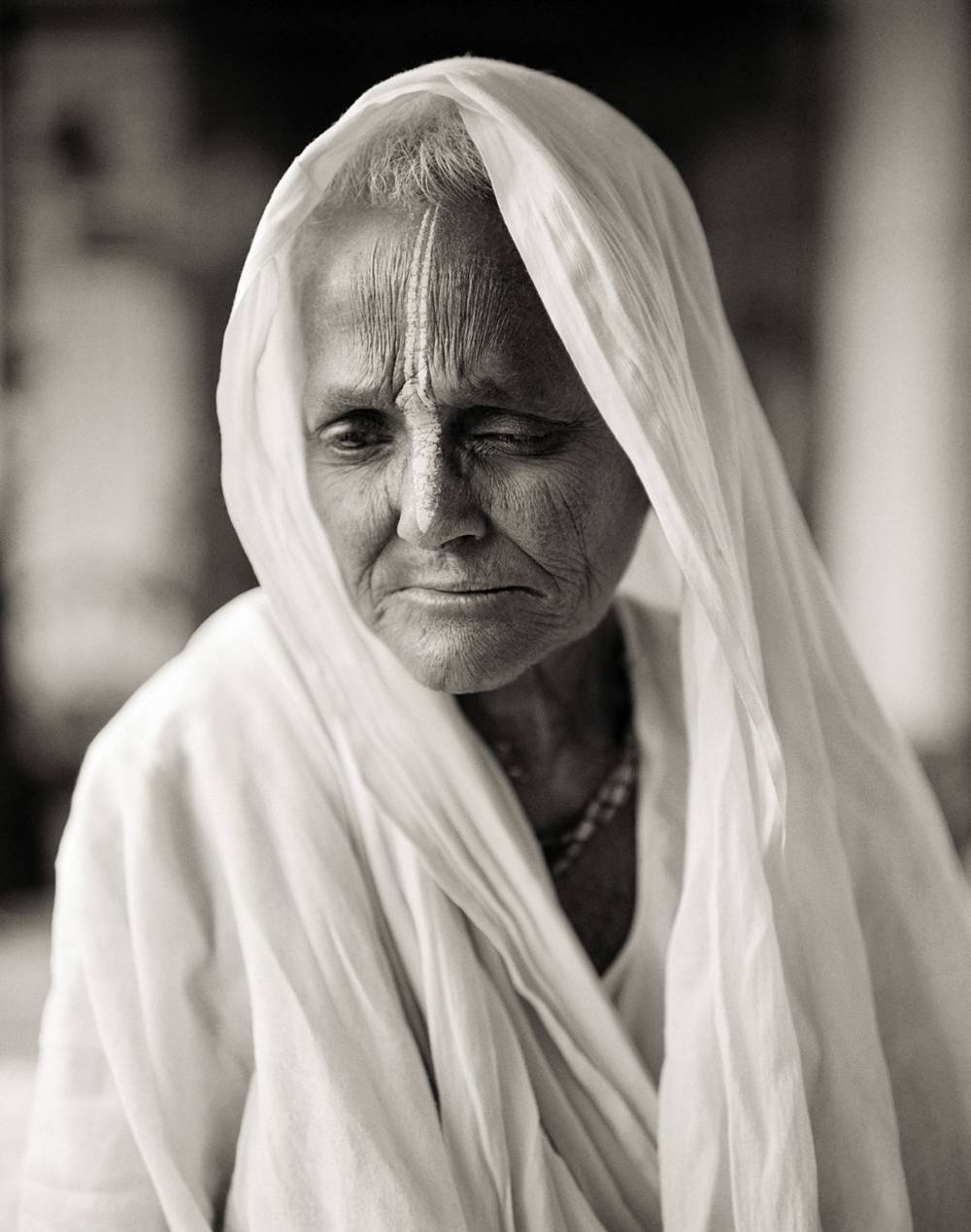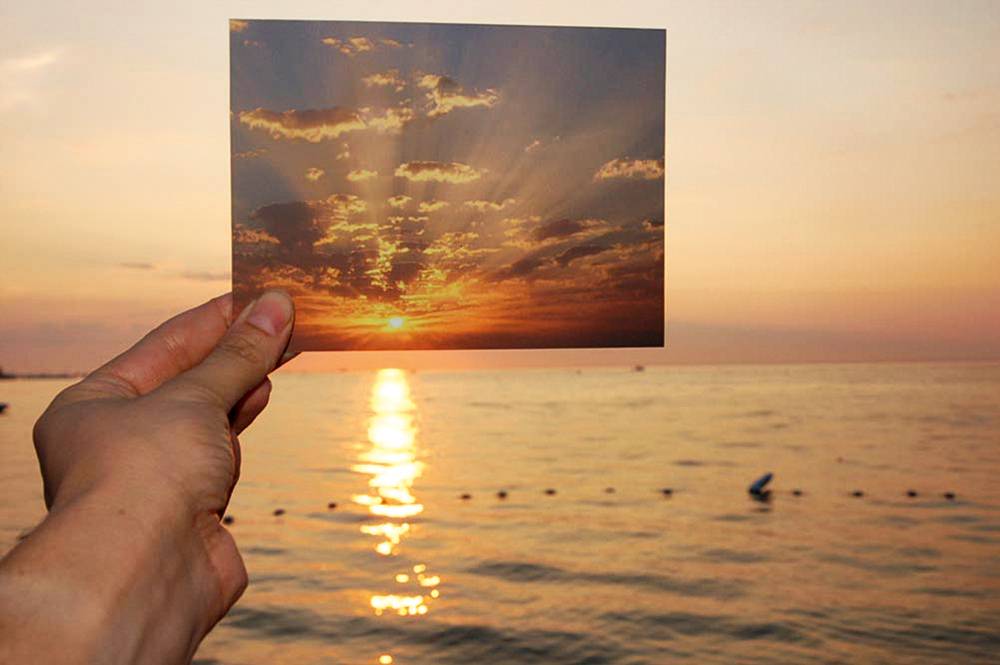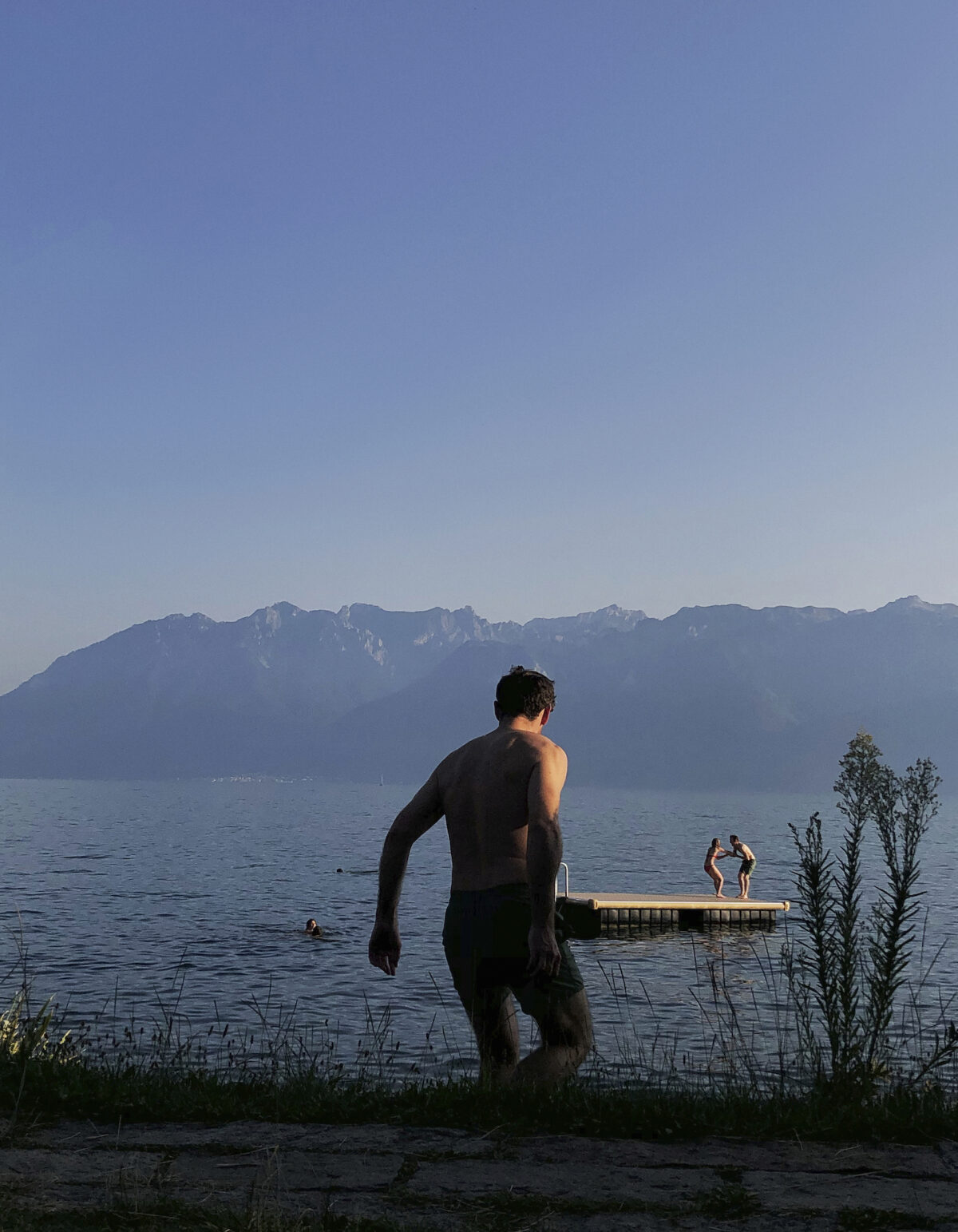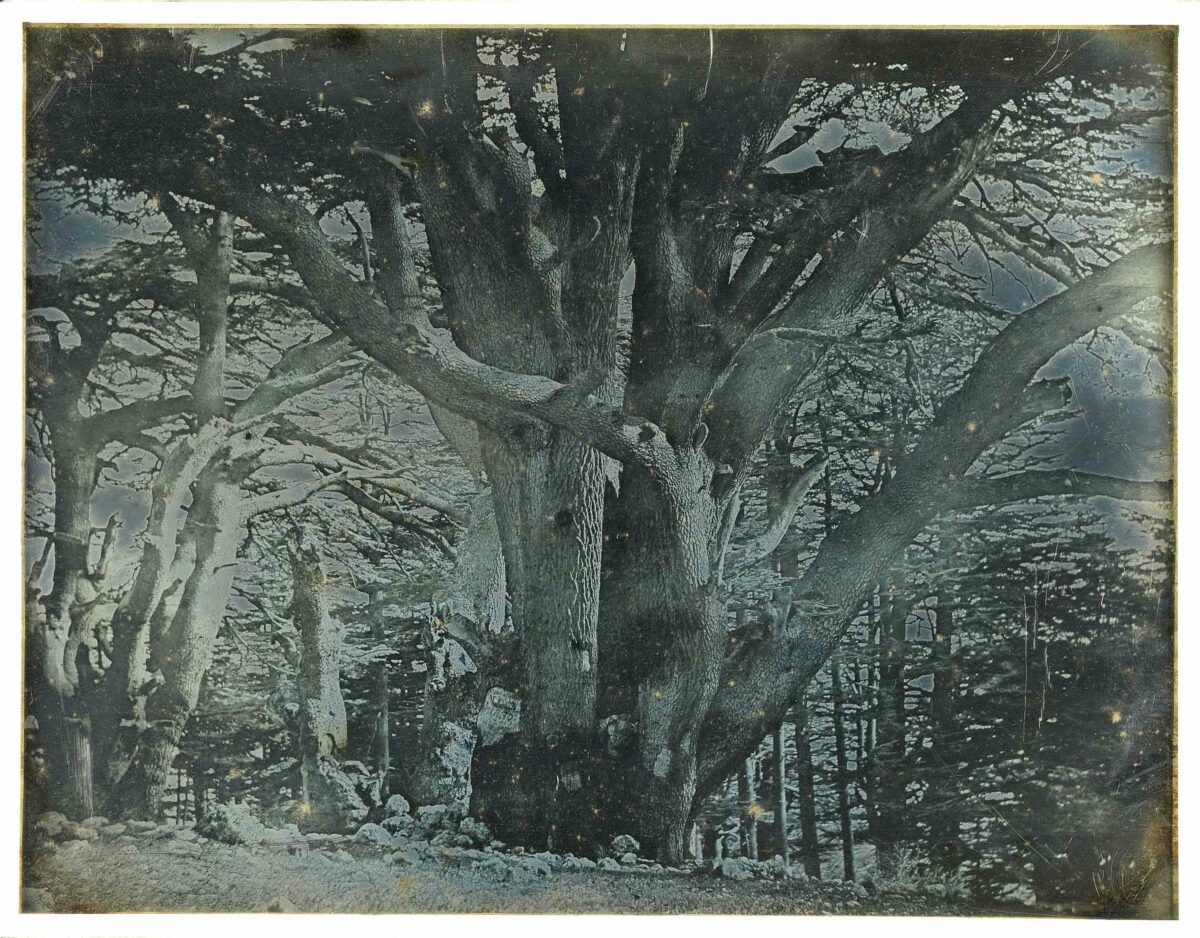Masterclass: Arnold Newman (Thames & Hudson), the first extensive survey published since the photographer’s death in 2006, is one of those books that makes you see its subject in a new light. Credit William A. Ewing, who edited and sequenced the images and wrote two of the book’s four essays, and whose curatorial intelligence seems ideally suited to Newman’s accomplishments. Ewing’s selection (which includes a good number of previously uncollected photographs) is at once comprehensive and focused; he locates Newman’s strengths in composition and graphic design and illuminates them through marvelously apt juxtapositions. For someone who’d always found Newman’s approach to portraiture rather too contrived, Masterclass is proof that the work isn’t merely clever. Although Newman preferred to think of his pictures as “symbolic portraiture,” what became known as his “environmental” approach was a way of understanding his sitters and interpreting them for the world, often by placing them in the context of their work. Typically, that involved the artist’s studio, the architect’s drawing board, or the musician’s instrument, but some of the wittiest images were staged in the style of the sitter: Francis Bacon in deep shadow under a bare bulb, Willem de Kooning peering through a tear in a paint-splattered sheet of plastic, I.M. Pei looking out a narrow strip of window in an otherwise dark, spare space. A face, a head is nothing but surface information; Newman wanted to convey much more. “Every artist is a different human being,” he said, “…a different kind of personality, a different kind of psyche, and all this the photographer should reflect.” Choice examples of Newman’s landscape, interior, and still life work ground the portraits in a broader aesthetic vision. Facing a 1942 portrait of Piet Mondrian in his studio are two architectural studies from the 1980s of similar hard-edged geometries. Equally shrewd pairings enliven portraits of Robert Motherwell, Alexander Calder, and Aaron Siskind. Newman may be the master here, but it’s Ewing who conducts this thoughtful, eye-opening class.
Uta Barth’s approach to her subject could not be more unlike Newman’s, probably because what’s in front of her lens is less important to her than how the camera perceives it. In a sense, her subject is the photographic process itself: focus (or lack of it), framing, light, the passage of time. Much of Barth’s early work—soft-focus, fragmentary landscapes—was about the limits of perception; newer work, though often just as ephemeral, is more explicitly devoted to the subtle, fleeting pleasures of seeing. The three recent series collected in to draw with light (Blind Spot), were made in Barth’s Los Angeles home (her prime location for the past 14 years) and are marked by a unique combination of rigor and leisure. The longest and most seductive of these sequences tracks a ribbon of bright sunlight as it widens and unfurls across linen curtains over the course of a day. Occasionally, the photographer’s hand appears to tug at the fabric. Drawing the curtain affects the course of the sun’s “drawing” in light and adds an element of performance to the series. Barth is not simply observing the changing light, she’s manipulating it, altering the flow of what appears to be a meandering river or path. Barth may be a minimalist, but her work is as ravishing as it is restrained, and never without sensuality. The book’s second section is devoted to another progression of sunlight across an interior surface—a wall of white built-in closets and cabinets that substitute for primed canvas behind glowing bars of light. The resulting photographs are luminous abstractions, like white-on-white Mondrians, stripped of subject matter but brimming with pure perception.

